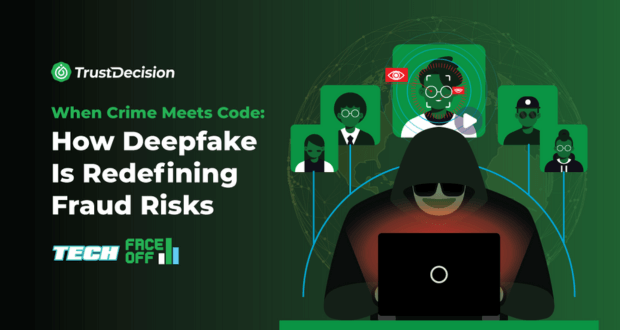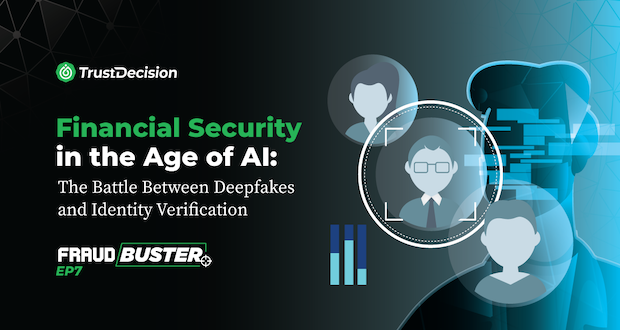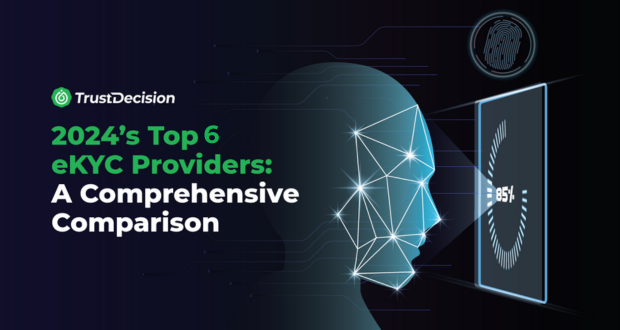Traditional Methods of Identity Verification
Traditional Approaches
Traditional methods of verifying identity have long been the backbone of security protocols in various industries. These methods typically include:
In-Person Verification: This involves physically presenting identification documents at a designated location. Examples include visiting a bank branch to open an account or a government office to obtain a passport.
Document Checks: This method requires individuals to submit copies of identification documents such as passports, driver's licenses, or utility bills. These documents are then manually reviewed for authenticity.
Reference Letters: In some cases, identity confirmation is achieved through letters of reference from trusted individuals or institutions, such as employers or educational institutions.
Limitations
While these traditional methods have been effective to some extent, they come with significant limitations:
Scalability: In-person verification and manual document checks are time-consuming and labor-intensive, making them difficult to scale for businesses with large customer bases or those operating in multiple locations.
Accuracy: Manual processes are prone to human error, which can lead to inaccuracies in identity verification. Additionally, counterfeit documents can sometimes bypass manual checks.
Cost: The resources required for in-person verification and manual document checks can be substantial. This includes the cost of personnel, physical infrastructure, and time spent on verification processes.
These limitations highlight the need for more efficient and reliable methods of verifying identity, paving the way for the adoption of digital identity verification solutions.
Digital Identity Verification: The Basics
Definition of Digital Identity and Its Components
Digital identity refers to the online or networked identity adopted or claimed in cyberspace by an individual, organization, or electronic device. It encompasses various components, including:
Personal Information: Name, date of birth, address, and other identifying details.
Digital Credentials: Usernames, passwords, and PINs used to access online services.
Biometric Data: Fingerprints, facial recognition, and other biometric identifiers.
Behavioral Data: Patterns of behavior such as typing speed, mouse movements, and browsing habits.
Distinction Between Verification and Authentication
It's essential to understand the difference between verification and authentication in the context of digital identity:
Verification: This is the process of confirming that the identity information provided by an individual matches the information on record. It answers the question, "Are you who you say you are?"
Authentication: This involves validating the identity of a user attempting to access a system or service. It answers the question, "Are you allowed to do what you're trying to do?" Authentication often follows verification and may involve multiple factors, such as passwords, biometrics, and security tokens.
Need for Robust Digital Identity Solutions
As digital interactions become more prevalent, the need for robust digital identity verification solutions has grown significantly. These solutions are crucial for several reasons:
Security: Protecting against identity theft, fraud, and unauthorized access.
Compliance: Meeting regulatory requirements and industry standards for data protection and privacy.
User Experience: Providing a seamless and efficient verification process that enhances customer satisfaction.
Scalability: Supporting large-scale operations and global reach without compromising accuracy or speed.
By adopting advanced digital identity verification services, businesses can ensure secure and efficient operations, build customer trust, and stay ahead of emerging threats.
Effective Methods for Verifying Digital Identities
Document Verification
Optical Character Recognition (OCR) Scanning: OCR technology is used to scan and extract information from identity documents such as passports, driver's licenses, and utility bills. This automated process enhances speed and accuracy, reducing the likelihood of human error.
Checking SSNs, Addresses, Driver's Licenses: Verification involves cross-referencing the extracted data with authoritative databases to confirm the validity of Social Security Numbers (SSNs), addresses, and driver's licenses. This step ensures that the provided information matches official records.
Biometric Authentication
Fingerprint, Facial Recognition: Biometric authentication uses unique physical characteristics, such as fingerprints and facial features, to verify identity. These methods are highly accurate and difficult to forge, providing a robust layer of security.
Accuracy, Security Benefits: Biometric data is unique to each individual, making it a reliable method for identity confirmation. It enhances security by reducing the risk of identity theft and unauthorized access.
Behavioral Analysis
Analyzing User Behavior: Behavioral analysis involves monitoring and analyzing user behavior, such as typing patterns, mouse movements, and navigation habits. These behavioral biometrics can be used to detect anomalies that may indicate fraudulent activity.
Application in Fraud Detection: By establishing a baseline of normal behavior, businesses can identify deviations that suggest potential fraud, enabling proactive risk mitigation.
Knowledge-Based Verification
Asking Knowledge-Based Questions: This method involves asking users questions based on their personal information, such as previous addresses, loan amounts, or family members' names. The answers are then verified against known data.
Limitations Due to Data Breaches, Social Engineering: While knowledge-based verification can be effective, it has limitations. Data breaches and social engineering attacks can compromise the security of personal information, making it easier for fraudsters to obtain the correct answers.
Multi-Factor Authentication (MFA)
Combining Multiple Factors: MFA enhances security by requiring users to provide two or more verification factors. These factors typically fall into three categories: something you know (password), something you have (security token), and something you are (biometric data).
Reducing Fraud Risk: By combining multiple verification methods, MFA significantly reduces the risk of fraud. Even if one factor is compromised, the additional layers of security make it more challenging for unauthorized users to gain access.
Implementing these effective methods for verifying digital identities can help businesses enhance security, reduce fraud, and provide a seamless user experience.
TrustDecision's Identity Verification
TrustDecision offers a comprehensive identity verification service designed to meet the diverse needs of modern businesses. Their solution leverages advanced technologies to provide accurate and secure identity confirmation, ensuring that businesses can operate with confidence and trust. TrustDecision's identity verification services cater to a wide range of industries, including finance, healthcare, and e-commerce, making it a versatile choice for businesses looking to enhance their security measures.
Real-Time Verification
Instant Verification During Account Creation or Transactions: TrustDecision's real-time verification capabilities allow businesses to instantly verify identities during critical moments such as account creation or financial transactions. This immediate verification process enhances user experience by providing speed and convenience, reducing the friction often associated with traditional verification methods.
Speed, Convenience for Users: The real-time nature of TrustDecision's verification process ensures that users can quickly complete their transactions or account setups without unnecessary delays, improving overall customer satisfaction.
Fraud Detection Algorithms
Advanced Algorithms for Detecting Suspicious Patterns: TrustDecision employs sophisticated fraud detection algorithms that analyze user behavior and transaction patterns to identify potential fraud. These algorithms are designed to detect anomalies and suspicious activities that may indicate fraudulent attempts.
Proactive Risk Mitigation: By leveraging these advanced algorithms, TrustDecision enables businesses to proactively mitigate risks, preventing fraud before it can impact operations. This proactive approach helps safeguard both the business and its customers from potential threats.
Customizable Workflows
Adaptation to Different Business Needs: TrustDecision's identity verification solution is highly customizable, allowing businesses to tailor the verification workflows to their specific requirements. This flexibility ensures that the verification process aligns with the unique needs and regulatory requirements of different industries.
Examples of Tailored Verification Workflows: Businesses can create customized workflows that incorporate various verification methods, such as document checks, biometric authentication, and multi-factor authentication. This adaptability ensures that the verification process is both robust and user-friendly, meeting the specific demands of each business.
By integrating TrustDecision's identity verification services, businesses can enhance their security measures, reduce fraud, and provide a seamless and efficient user experience. TrustDecision's advanced features and customizable workflows make it a reliable and versatile solution for businesses across various industries.
Conclusion
In an era where digital interactions are ubiquitous, the importance of robust identity verification cannot be overstated. Effective identity verification is essential for safeguarding businesses against fraud, identity theft, and unauthorized access. It not only protects sensitive information but also builds trust with customers, ensuring a secure and seamless user experience. As the digital landscape continues to evolve, the need for advanced and reliable identity verification solutions becomes increasingly critical.
To navigate the complexities of modern security challenges, businesses must adopt comprehensive identity verification solutions. Leveraging advanced technologies such as biometrics, artificial intelligence, and multi-factor authentication can significantly enhance the accuracy and efficiency of verification processes. Solutions like TrustDecision's identity verification services offer real-time verification, sophisticated fraud detection algorithms, and customizable workflows, making them ideal for businesses across various industries.

.jpeg)







.jpeg)




